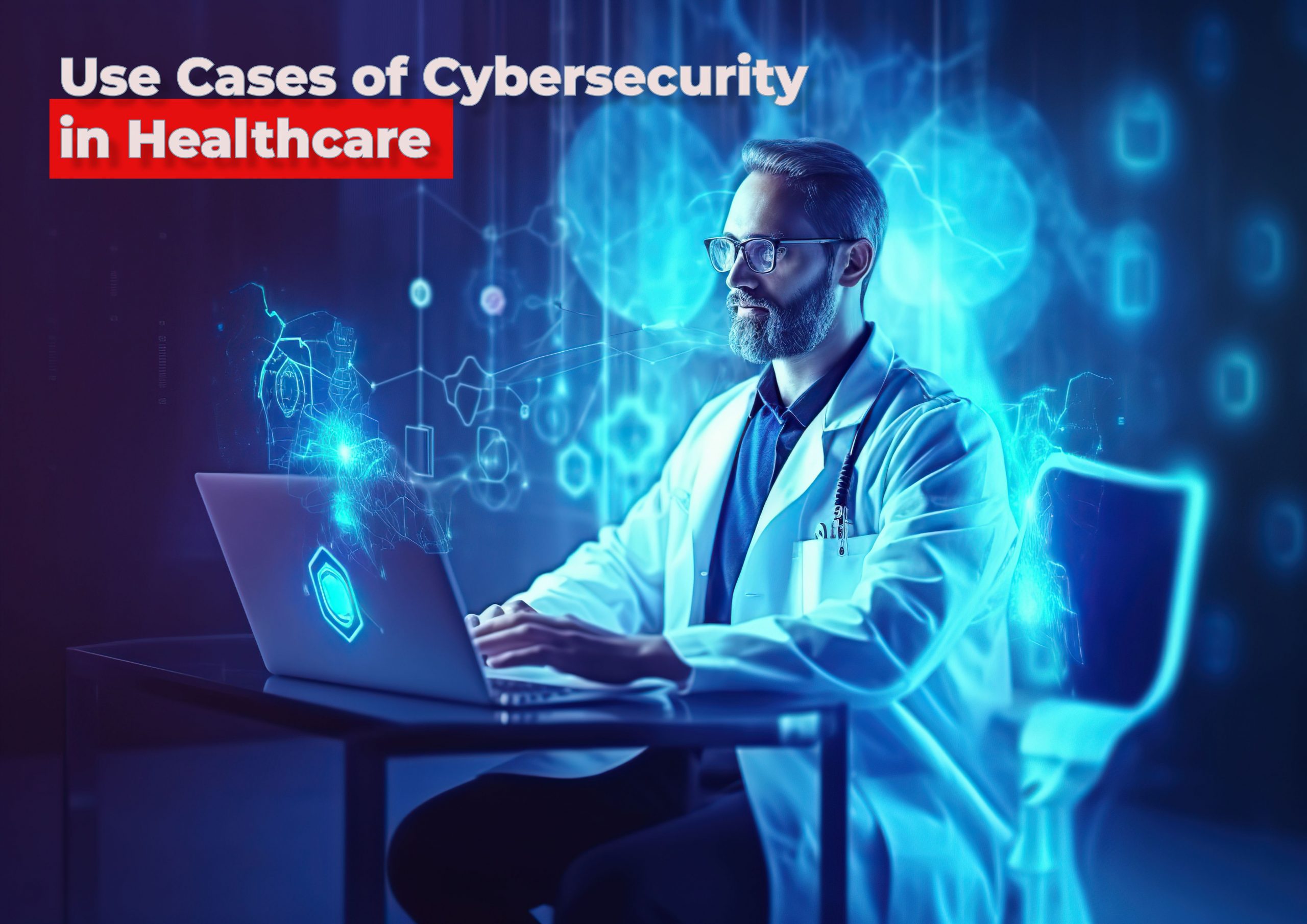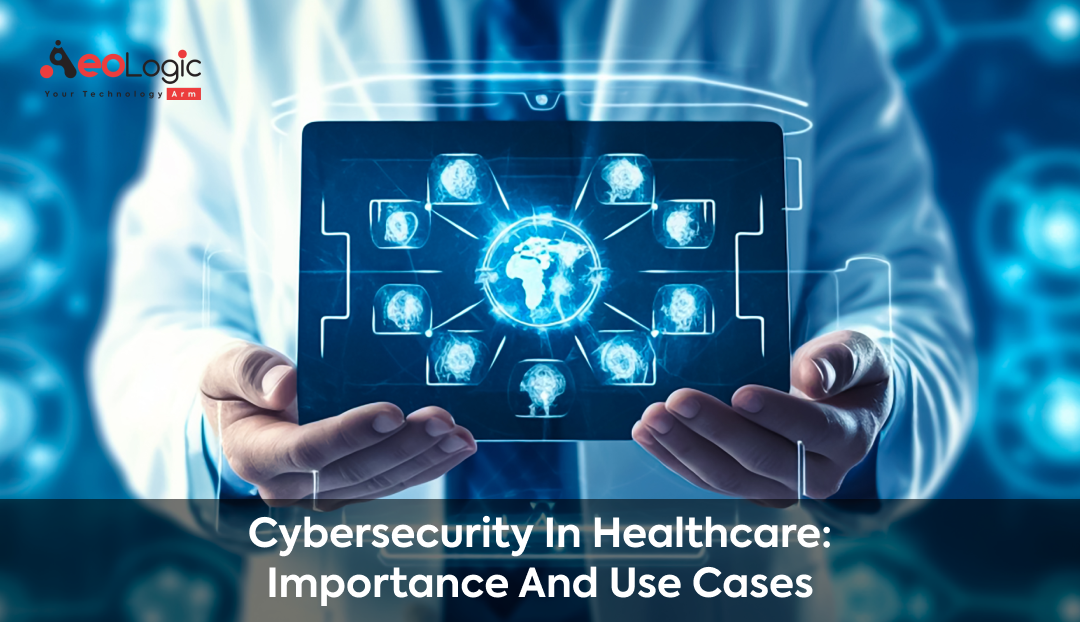The digital era has seen technology penetrate the healthcare system with sensitive medical information that must be secured; a critical aspect. The importance of Cybersecurity in Healthcare is a critical topic explored in this article, which showcases how it helps protect the data of patients and informs healthcare organizations on the way to take care of health.
Understanding the Significance of Cybersecurity in Healthcare

Cyber security is the act of protecting computer systems and networks, combined with relevant data from unauthorized trespassing or thievery. This translates to the protection of patient records, medical history, and other sensitive data in the health care industry. Here’s why it matters:
Patient Privacy Protection
As noted by the HIPAA Journal, healthcare data breaches compromised approximately 28 million records in 2021. The breaches can result in unauthorized access to patient’s personal and medical information and this would put their privacy at risk with chances of leading to identity theft or fraud.
Do you know? Role RFID Traceability in Medical Device Industry
Preventing Medical Errors
Preventing medical errors through ensuring the integrity of electronic health records. Misdiagnosis, treatment not intended for the condition being treated or harm to a patient can be caused by inexactness or tampered data.
Financial Consequences
Data breaches are known to cause huge financial costs for healthcare organizations. According to IBM’s Cost of a Data Breach Report; the average cost of a data breach for healthcare providers stands at $9.23 million.
Maintaining Trust
Patients entrust clinicians with the most confidential information. A breach can result in a loss of trust and reputation for healthcare institutions.
Also Read: Future Healthcare Technology That Will Change the World
Use Cases of Cybersecurity in Healthcare

Some examples from the real world may clarify why cybersecurity is indispensable in healthcare.
1. Protecting Electronic Health Records (EHRs)
Some of the information stored in EHRs includes patient medical history, diagnosis, and treatment plans. The security of EHRs is essential in preventing unauthorized system access or alteration. Encryption and access controls: How healthcare organizations are looking to protect EHRs from cyber threats.
Statistics: In 2021, the Verizon Data breach investigations report identified that nearly 39% of data breaches in the health sector were connected with EHR.
2. Securing Medical Devices
Several medical devices, including infusion, pumps, and pacemakers are currently connected to the internet for purposes of monitoring and control. Improperly secured, these tools become susceptible to hacking. Protection from possible threats is provided by cybersecurity measures including updating the system regularly and authentication protocols.
Statistics: Last year, the U.S. Food and Drug Administration (FDA) recorded a 37% rise in medical device vulnerabilities.
Also Read: Information Technology Solutions for Healthcare
3. Phishing and Email Security
The other cyber attack prevalent in health care is phishing, where attackers trick individuals into disclosing sensitive information. Healthcare professionals and staff can be given proper training on the matter so that they identify phishers.
Statistics: The 2021 Proofpoint Healthcare Threat Report shows a 91% growth of email attacks in health care.
4. Ransomware Attacks
This is whereby an organization’s data will be encrypted, and the criminal behind it shall ask for a ransom so that he or she can release it. to the sensitivity of internal healthcare data most particular due targeted at the health care providers. Backup systems and employee training are critical for minimizing the impact of ransomware attacks.
Statistics: Check Point Research reported that the global healthcare sector suffered a 25% rise in ransomware attacks this year 2021.
5. Telemedicine Security
Telemedicine’s advent has delivered untold convenience to patients, but it is not without security pitfalls. The privacy of virtual consultations and medical data shared within such sessions should be safeguarded. In regards to patient confidentiality, secure communication platforms and data encryption are crucial.
Statistics: Use of telemedicine jumped by 50% during COVID-19 pandemic, CDC Says.
The Role of Regulations and Compliance
Regulations from the government and standard of industries are vital in sensitizing healthcare organizations to cybersecurity. For example, in the United States, the Health Insurance Portability and Accountability Act (HIPAA) requires strict security to be observed for electronic health information. Any form of non-compliance is liablefines and legal process.
Investing in Cybersecurity: A Necessity, Not an Option
To protect themselves from the changing face of cyber threats, healthcare organizations have to make huge investments in their cybersecurity. The financial commitment can be high but the cost of ignoring cybersecurity is heavier, financially and reputational.
Investments in cybersecurity may include:
Firewalls and Intrusion Detection Systems: Such technologies allow to control and sift network traffic for detecting and stopping possible threats.
Employee Training: Well-trained staff can see and pay attention of security threats.
Regular Updates and Patch Management: Addressing known vulnerabilities requires keeping software and systems up to date.
Incident Response Plans: A good cyber incident response plan minimizes the effects of an attack and allows a quick recovery.
Solutions for Cybersecurity Addressing the Healthcare Industry
As a healthcare cybersecurity solution, the following are a few security precautions that may be taken by hospitals and other healthcare facilities to preserve electronically protected health information (ePHI). These precautions include protecting tools, digital systems, networks, and data against potential threats.
Regulation of data usage: Clinics are responsible for containing and monitoring any malicious file activity that may occur. The implementation of systems that restrict access to data, prevent the sharing of unauthorized emails, and block copying to other sources, among other things, is one way in which they can accomplish this goal.
Documentation data: Maintain a record of information in order to detect any illegal access to patient files as soon as possible. During a cyberattack, logs will be of assistance to a clinic since they will enable the clinic to discover and close the speedy breach.
Implement difficult access controls: To safeguard patient data from illegal activities, they must utilize a password/PIN, cards and keys, face, fingerprint, or retina recognition.
Use advanced cryptography: Use current cryptography to encrypt data while it is being transmitted and while it is being stored. For instance, homomorphic encryption, secure multiparty computation, and distributed ledger systems are all instances of such mechanisms.
Also Read: The Importance of Information Technology in Healthcare
Final Words
Cybersecurity In Healthcare, It’s Not A Luxury, But Necessity In Today’s Digital Healthcare Landscape. It is in this context that strong cybersecurity becomes a crucial component of patient privacy, medical integrity, financial stability, and trust in healthcare institutions. With the ever-increasing sophistication of cyber threats, healthcare organizations, including leading companies like Aeologic Technologies, must remain vigilant and proactive in their efforts to protect patient data and maintain the highest standards of care.
Remember, the statistics speak for themselves: Breach is increasing in line and the results are detrimental. Through this initiative, health providers ensure they provide their best services possible to patients both on physical and digital platforms by placing a high priority on cyber security as well as being regulatory compliant.










